How to Install a Bathroom Humidity Sensor
by HomeRepairTutor in Workshop > Home Improvement
9178 Views, 67 Favorites, 0 Comments
How to Install a Bathroom Humidity Sensor
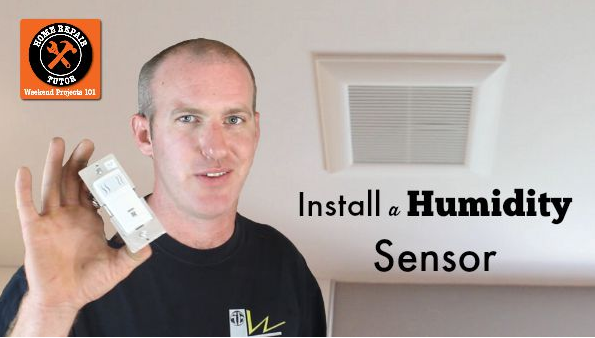
Does your bathroom get humid?
Nobody likes feeling sticky first thing in the morning.
Today we’ll show you how to end the madness in your bathroom using one device. You’ll see how to install it in less than 5 minutes.
My buddy Bill White, who’s a registered electrician, walks you step-by-step through this process.
So this is a great tutorial.
The best way to stop humidity is to have a bathroom fan. But who turns it off? If you’re like me and have kids, nobody turns it off until you do.
Here are the supplies you need
- Leviton Humidity Sensor
- Insulated Screwdrivers
- Voltage Tester
Leviton’s humidity sensor and fan control solves this problem.
It senses the humidity level in the bathroom and automatically turns off after the moisture dissipates.
The sensor saves electricity and keeps your bathroom mold free. We’re gonna show you how to install Leviton’s humidity sensor. You’ll be surprised with the easiness of this project.
Turn Off Electricity
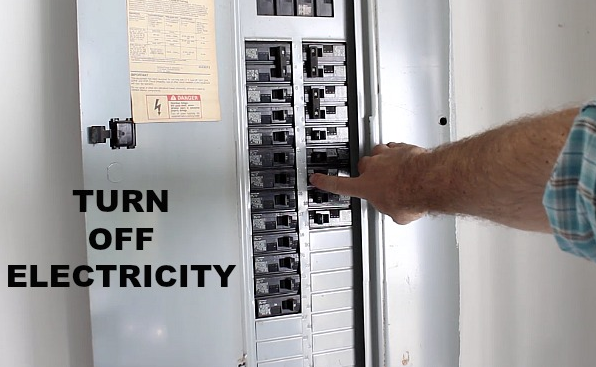
Do this at your panel or fuse box.
Then remove the existing bathroom fan switch.
Before you remove any wires take a picture.
It's nice to have a reference, especially if you mess up...which I've done plenty of times.
Also, the humidity sensor NEEDS a neutral wire to work.
If you don't have a neutral wire (which is typically white) you can't use the humidity sensor. It's a good idea to check this before buying the sensor :D
The back of the humidity sensor has 4 screws.
- Black connects to the power source
- Silver connects to the neutral wire
- Purple connects to the load that carries electricity to the fan
- Green connects to the bare copper ground wire
- Bill shows you step-by-step how to wire the humidity sensor in our video
Strip Insulation Off Wires and Slide Behind Pressure Plate
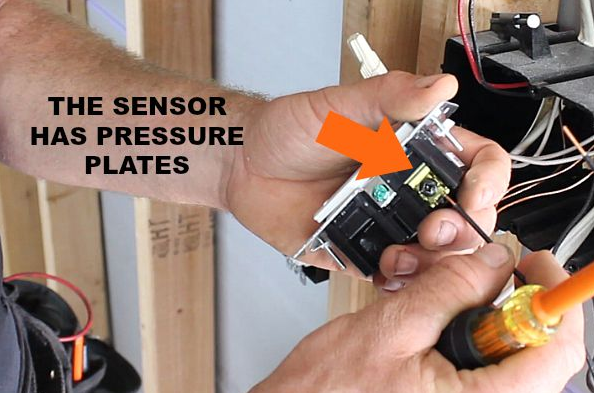
The sensor has pressure plates for installing the wires.
Thus, there's no need to wrap wires around terminal screws.
You strip the insulation off the wire (about 1/2") and slide it behind the pressure plate.
Then tighten the screw. Yep, it's easy.
Your wire is tight when it twists with the device.
Again, another great tip from Bill.
Ensure Humidity Sensor Faces Up
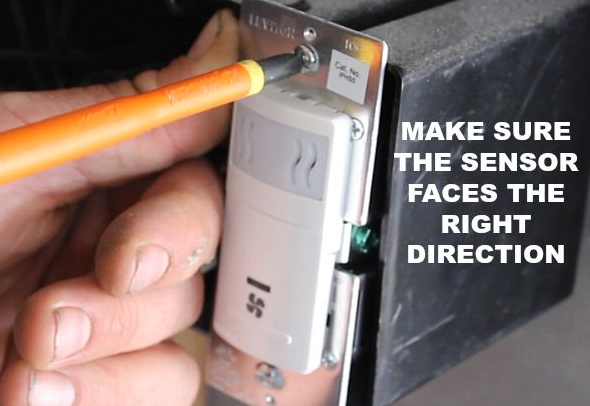
Also, make sure the humidity sensor faces the right direction.
"Top" is on the top of the device to indicate the proper installation.
After the sensor is wired you have to program it.
Don't worry, this is simple to do.
Program the Humidity Sensor
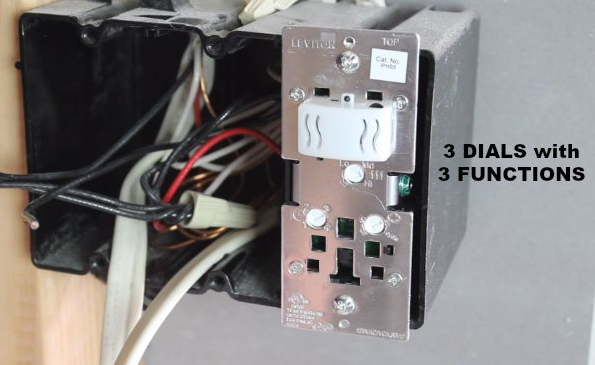
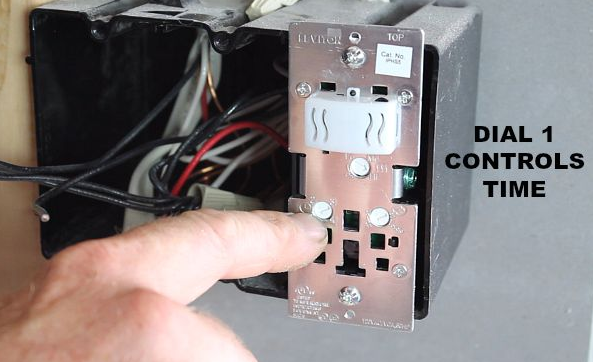
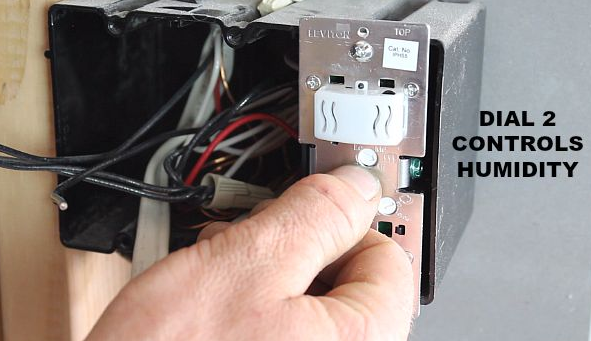
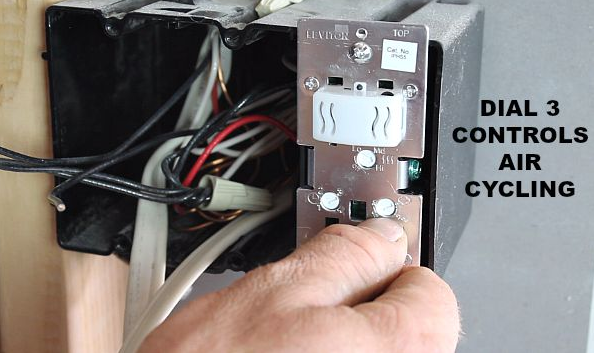
Where can you use a humidity sensor?
Anywhere you have a humidity problem.
Bathrooms, basements, garages, you name it.
If you have an exhaust fan with a neutral wire you can use the sensor.
There are 3 dials on the Leviton humidity sensor/fan control. Each one has its own function.
The first dial controls time.
When you press the sensor it will run based on this dial setting.
When the sensor is set to automatic mode it runs until all the humidity is removed.
Dial 2 controls humidity sensitivity.
The more sensitive the setting the more the sensor will sense humidity.
Kinda self explanatory, lol. You can set this to Lo, Medium, or High.
Dial 3 controls both humidity and air cycling.
What is air cycling?
No, it's not you imitating Lance Armstrong while sitting on your couch. Although I'd love to see that.
Air cycling allows the air to mix in the room to reduce humidity levels.
You can set the sensor to do this automatically once every hour.
Watch the Step-by-Step Video
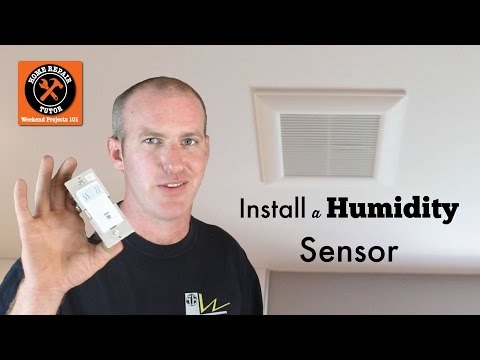
For a complete detailed explanation of the Leviton humidity sensor watch Bill in our video tutorial.
He also reveals how to save money if you have to hire an electrician.
Thanks as always for reading, watching, and leaving your comments.
I hope this tutorial helps you with your humidity problem.
And at the very least you'll have learned good electrical tips from a professional.
See you in the comments.
Cheers,
Jeff